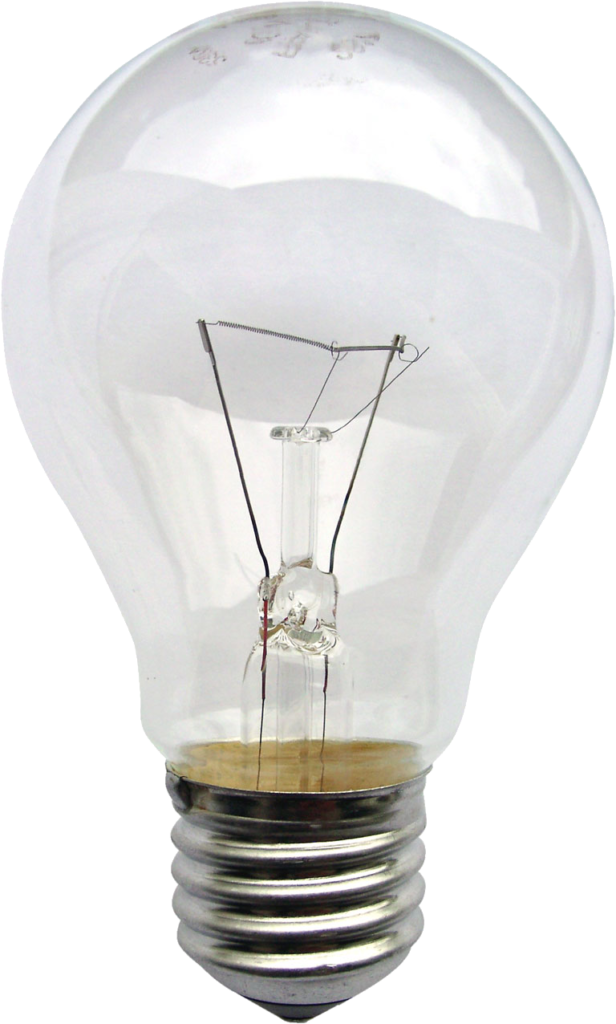
The documentary “The Creative Brain” underscores the importance of, and the often uncomfortable path to, being creative.
Creativity is healthy; helps us thrive; makes us feel whole; transforms us. It is what sets mankind apart in all of creation, but being creative is not always easy.
A whacky test is better than no test at all
How does creativity fit into the realm of digital marketing analytics? In a world where high value is placed on objectivity & determinism (“let the data speak to you”), creativity can get handcuffed.
This can be especially true when creating experiments, or tests, using a tool like Google Optimize. When brainstorming a test hypothesis to address a problem statement, fear of our test failing (or looking silly to others in the design phase) leads to mundane test hypotheses that involve little risk. We don’t want to look stupid by venturing from the norm, and the potential impact of our experiments is muted in a like manner.
What is the cost of a failed test?
A better question is “what’s the potential net benefit relative to cost?” Yes, for users presented a whacky variant conversion rates can suffer. But, maybe they won’t suffer. That “cost” is offset by the creative thinking that can spring from the failed test. And, users shown the original version will continue to engage at the status quo conversion rate.
No risk = no reward. And that’s not just relative to a test where a variant ends up winning. That’s the case with failed experiments too. Do not be afraid to be wrong when brainstorming a test hypothesis. It’s OK to fail – that’s how we learn. Those failures can spark thinking that leads to huge wins in future tests.
2019TV-14
52m
Social & Cultural Docs
Neuroscientist David Eagleman taps into the creative process of various innovators while exploring brain-bending, risk-taking ways to spark creativity.
1) Our brain will take the path of least resistance – what we’ve done before. Creativity emerges when we get off of this path. Specialization comes at a cost. Part of learning is being confused, and feeling stupid. You need to be willing to be wrong to learn. You need to be willing to be right and have everyone think you are wrong.
2) Our brains are novelty seekers. What is old & familiar becomes boring. We need to find a healthy balance between boring and novel. Too boring and life passes up by, too novel and no one follows us there. Push boundaries to figure out limits (between familiar & weird).
3) Failure feels awful so we avoid it. We need to not be afraid of failure. Most successes rise from previous failures – a big pile of them. Don’t be afraid to take risks.